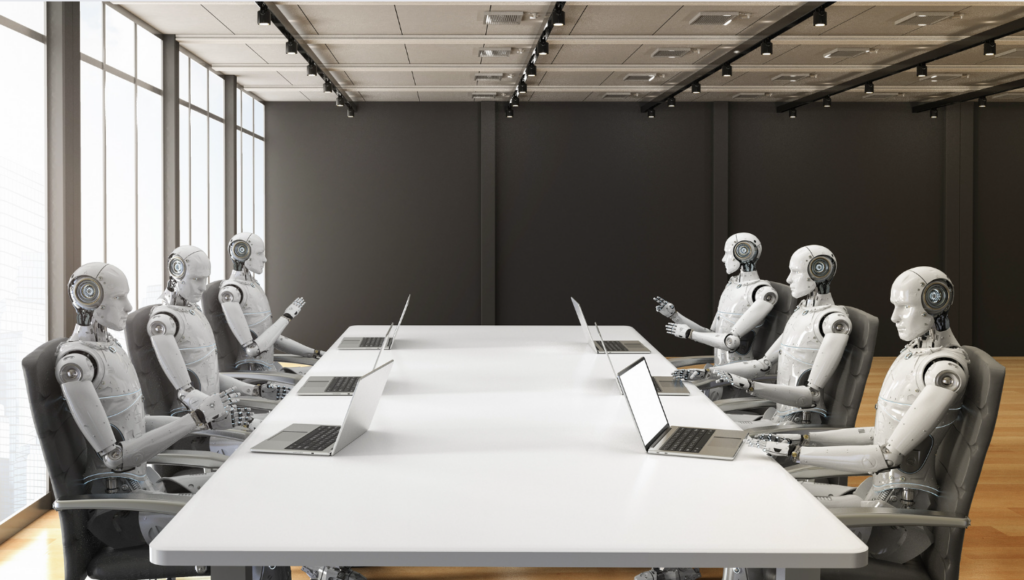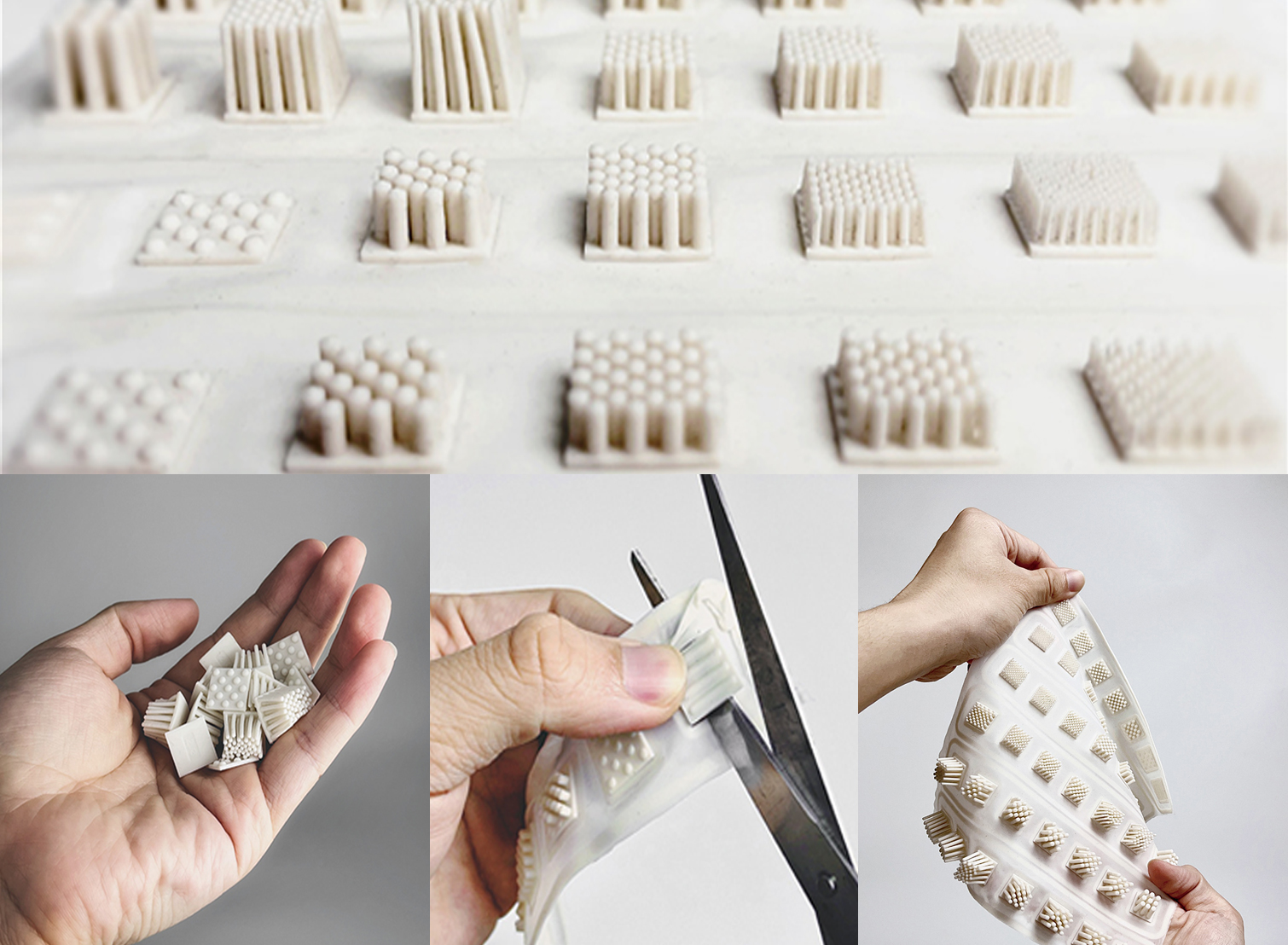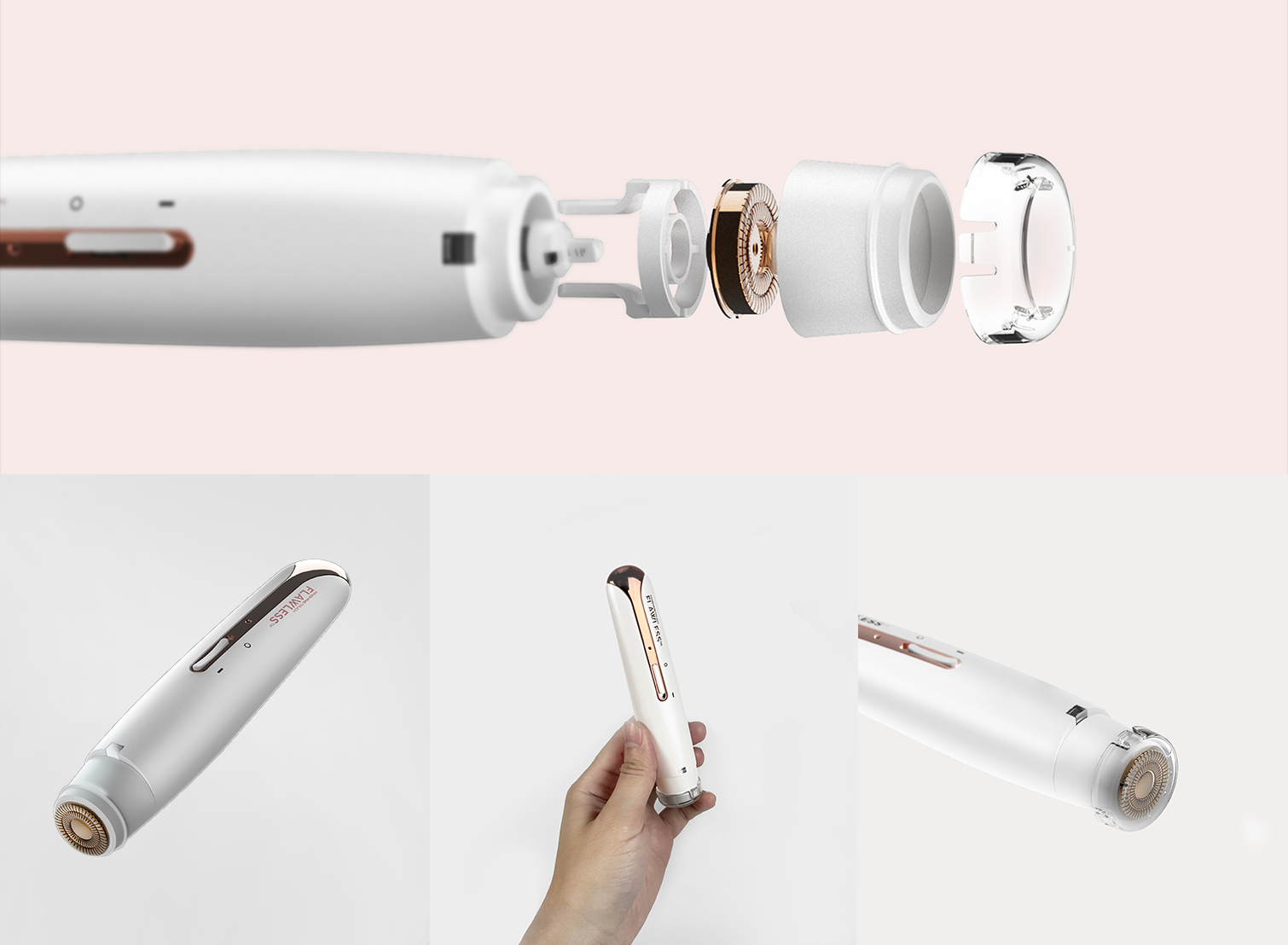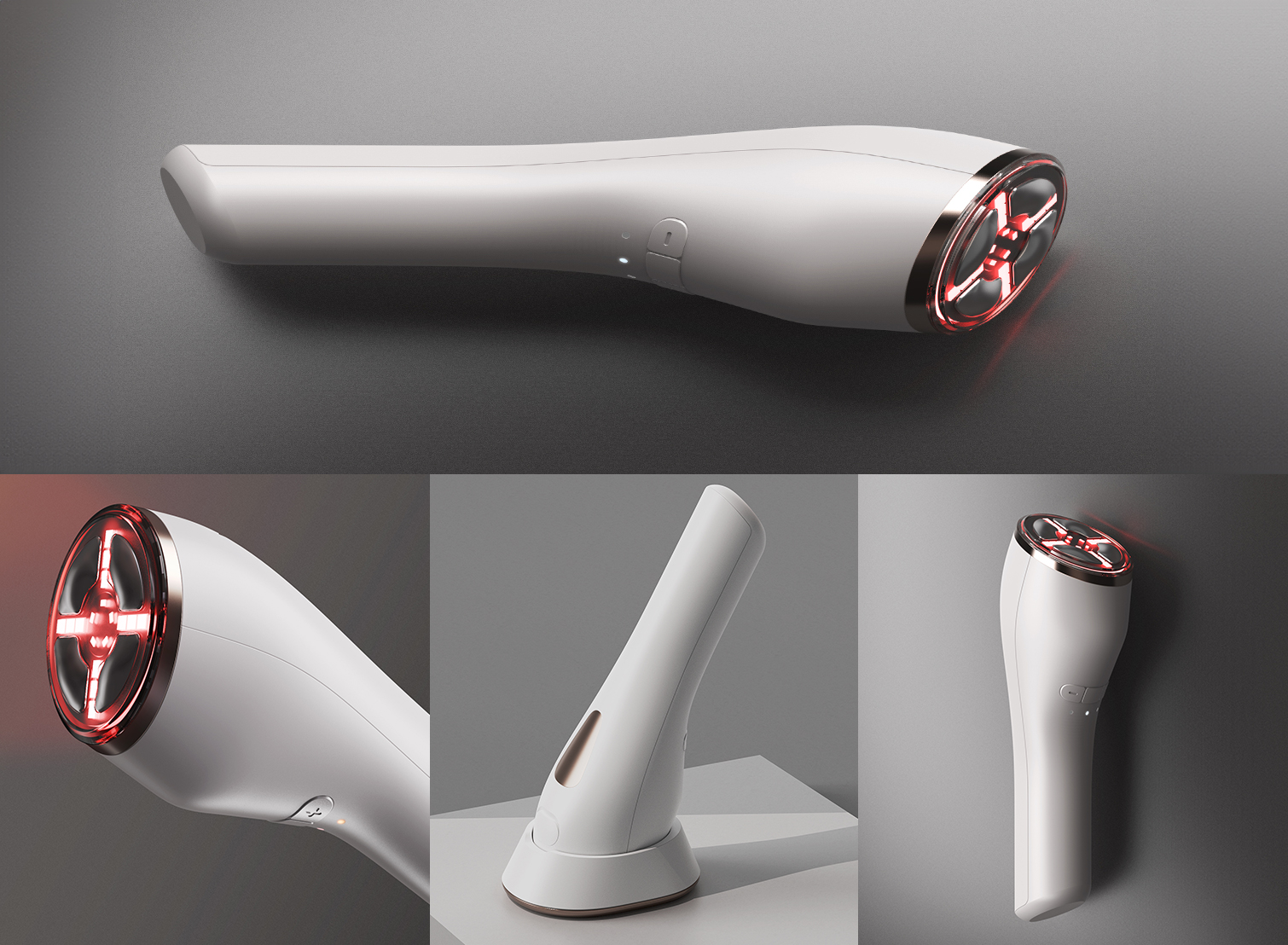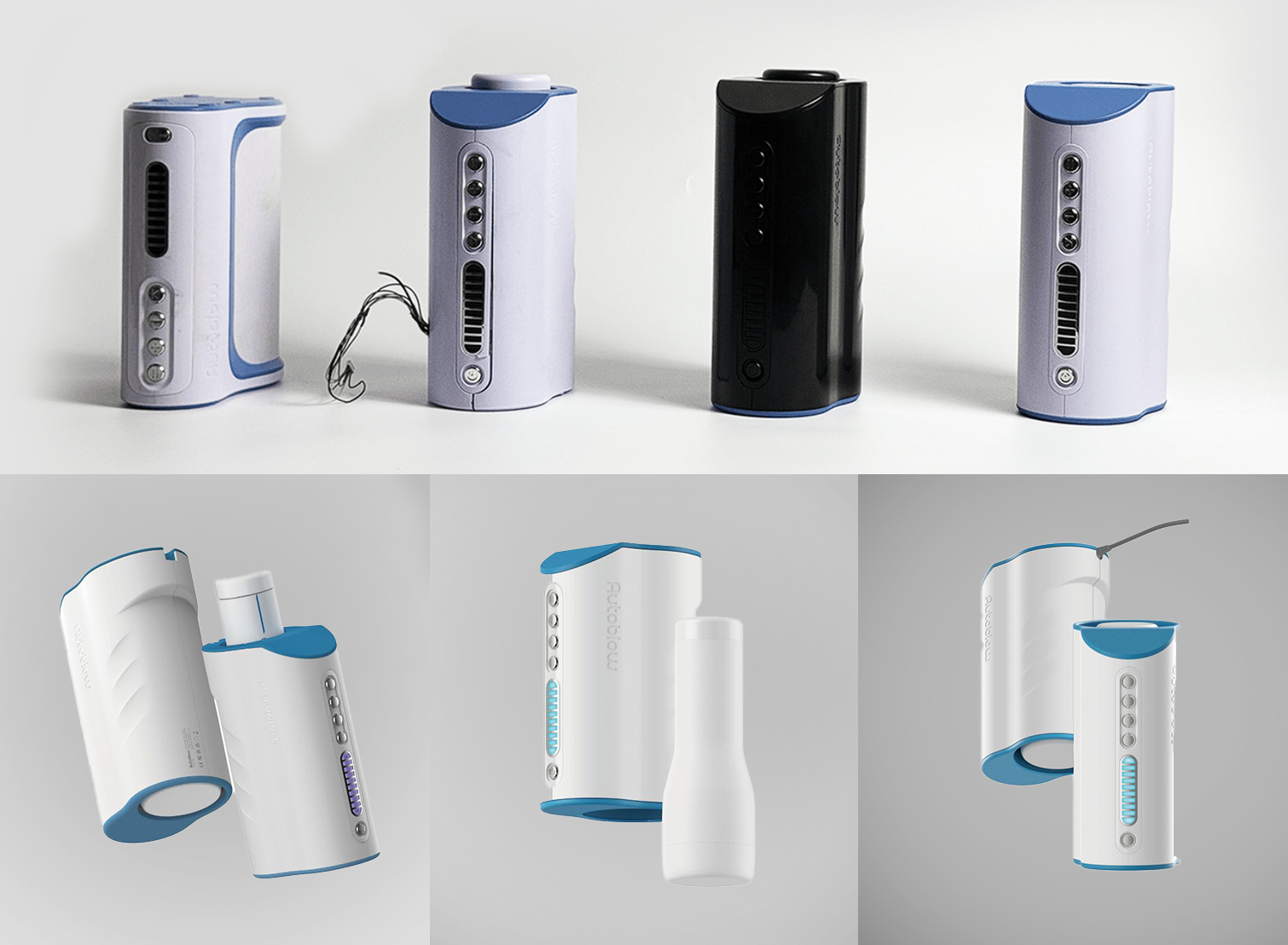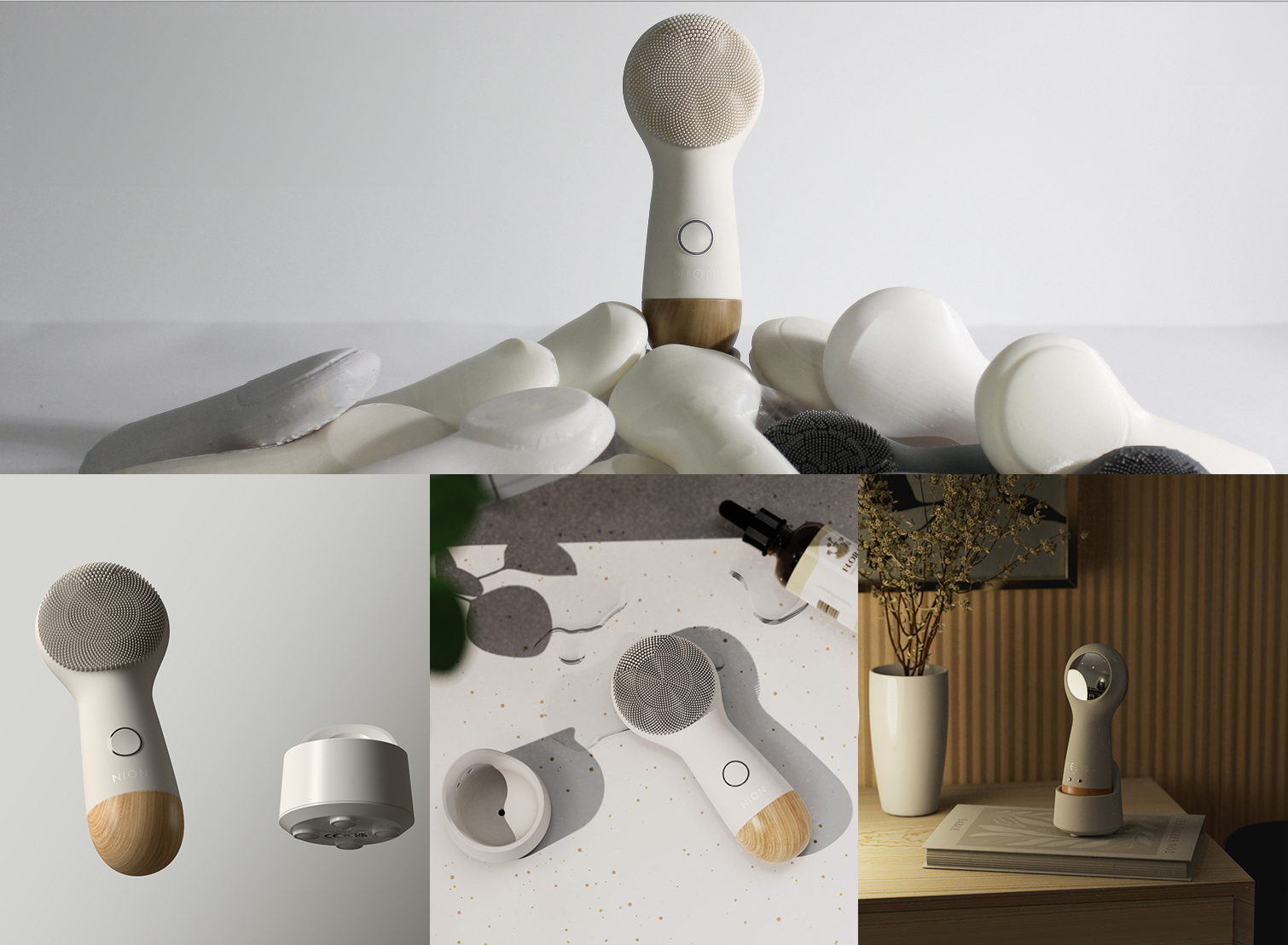In the ever-changing field of product design, incorporating new technologies is commonplace and has often led to significant improvements in quality, efficiency, and innovation. One of the latest frontiers that are being explored is the integration of Generative Artificial Intelligence (AI). Generative AI is a branch of artificial intelligence that can potentially revolutionize how products are visualized, prototyped, and refined. However, like any emerging technology, its adoption raises some serious questions about its benefits and ethical implications. This raises the important question: “Should generative AI be a cornerstone for upcoming product design, especially in product design and manufacturing?”
This article will cover:
Generative AI’s Impact on Product Design
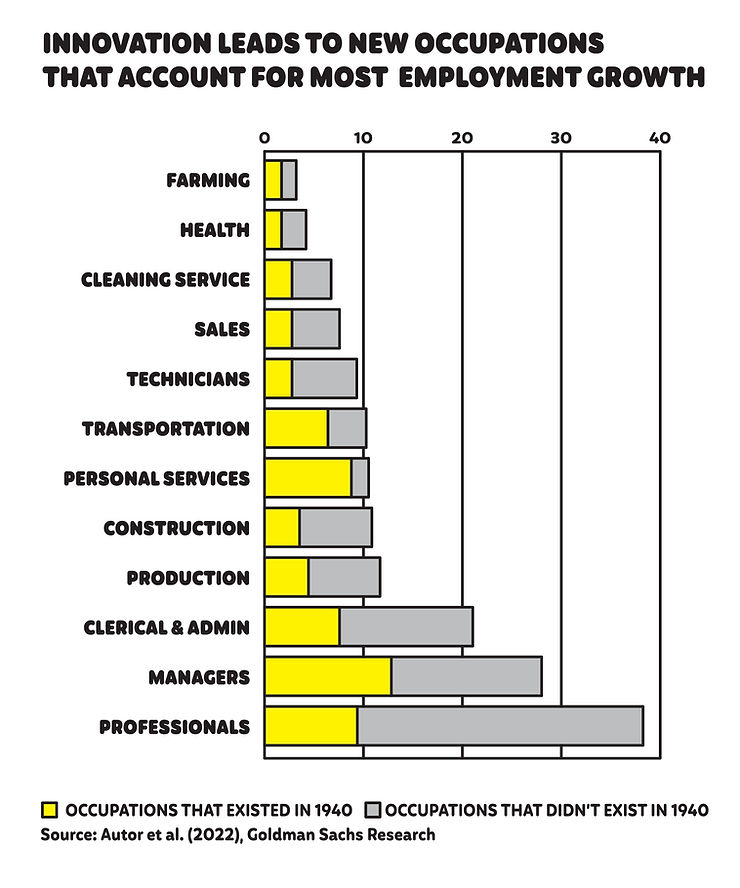
Generative AI has a significant impact on product design. It has the potential to increase global GDP by about 7% (approximately $7 trillion), by using advanced language tools. This technology can also boost productivity growth by 1.5% over 10 years. 60% of new jobs exist today because of technologies that weren’t around in the 1940s.
Moreover, generative AI uses big sets of data for better design choices. A survey from 2021 shows that 56% of people are using generative AI in their work, up from 50% the year before. This shows that generative AI has been accelerating the product design process with incredible accuracy. Unlike traditional methods that need many repetitions and a lot of time and resources, generative AI uses computer power to quickly create different design options. This saves significant time and effort. According to a survey by Deloitte, 79% of people used AI in three or more ways, showing that using advanced technologies like generative AI in product design and manufacturing is extremely effective.
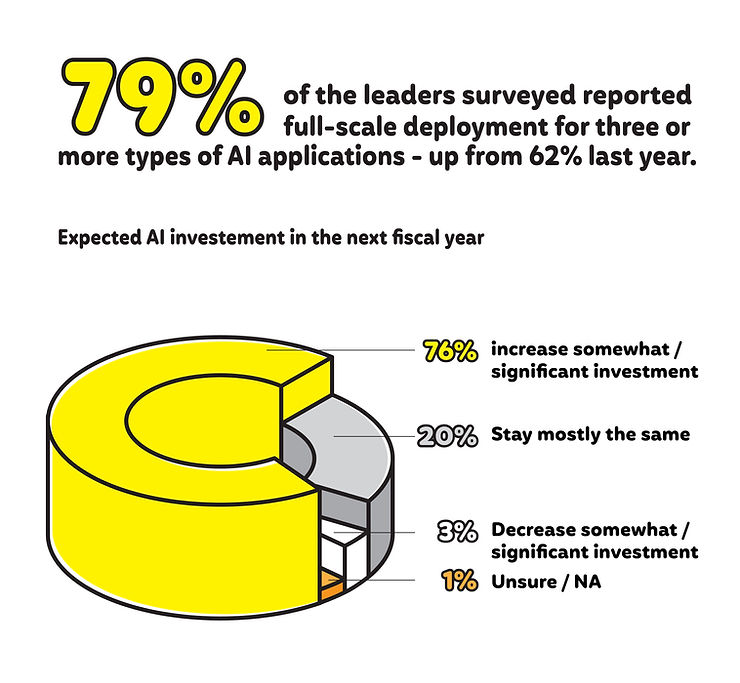
Unconventional Innovation in Product Design
Generative AI acts as a powerful force for innovation in product design and manufacturing. Its complex algorithms and computational strength reveal new design options that might not be discovered through everyday methods. This transformative power of Generative AI works alongside human capabilities, aiding creativity and innovation according to executives. It also plays a role in digital authentication and data utilization, which are crucial for modern businesses. Around 75% of respondents see the connection between science and technology as a way to solve major challenges, showing Generative AI’s potential in shaping the future of product design and manufacturing.
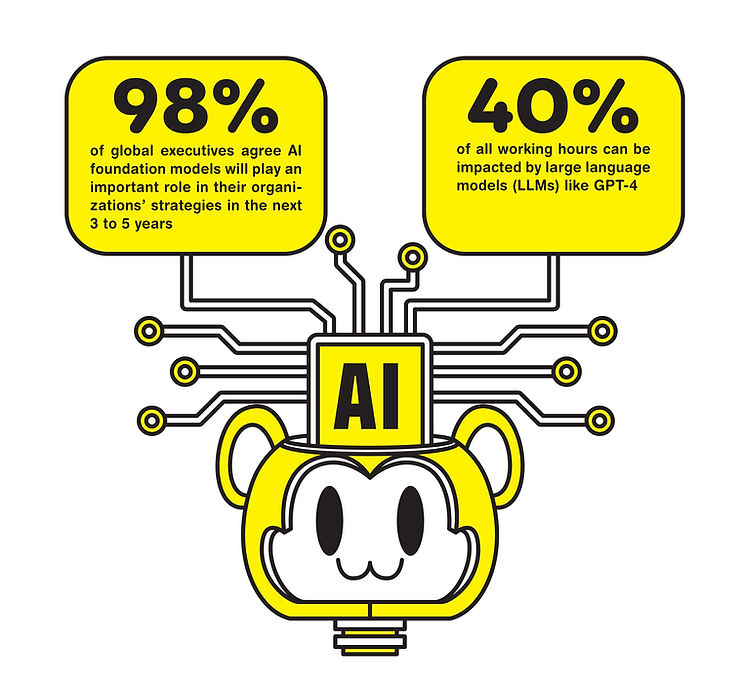
Challenges and Ethical Considerations for Generative AI
There is no doubt that generative AI can reshape design, but it also presents obstacles that require attention.
A major challenge is that Generative AI relies on past data. Depending too much on historical information can lead to designs that are similar to what we’ve seen before, limiting the exploration of new ideas. Another issue is capturing individual design preferences accurately. Human aesthetics are complex, and algorithms struggle to replicate them well. This raises questions about how well the technology understands human artistic sensibilities.
Ethical concerns also arise with Generative AI. A serious concern is that it might spread harmful content and misinformation, like hate speech or security threats. To address these challenges, policymakers have responded with measures such as the European Union’s proposed copyright rules for generative AI, which aim to ensure transparency in its development and curb potential misuse. These efforts highlight the growing need to strike a balance between the transformative potential of generative AI and the imperative to mitigate its associated risks.
Reimagining and Rethinking the Question for Generative AI in Product Design
The world of Generative AI presents a mix of opportunities and challenges. It holds the potential to reshape product design and encourage innovation but also faces hurdles like design uniformity due to historical data and understanding human aesthetics through algorithms. We need to approach this with both excitement and caution, as the merging of human creativity and AI’s computational power creates a new landscape.
The prospect of streamlined design processes and industry growth is exciting, but questions about AI’s grasp of nuanced aesthetics need careful consideration. As we navigate this, a new era of product design emerges, where AI and human creativity intersect in unconventional ways. However, AI’s development and integration are ongoing, shifting the focus from whether to use it to how to use it ethically and effectively.
While embracing this transformation, the balance between technological progress and responsible use is crucial. “Does generative AI have the potential to enrich product design while maintaining ethical standards?” As we move forward, it’s important to shape a future where Generative AI enhances creativity while being used thoughtfully and ethically.

